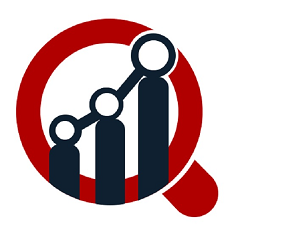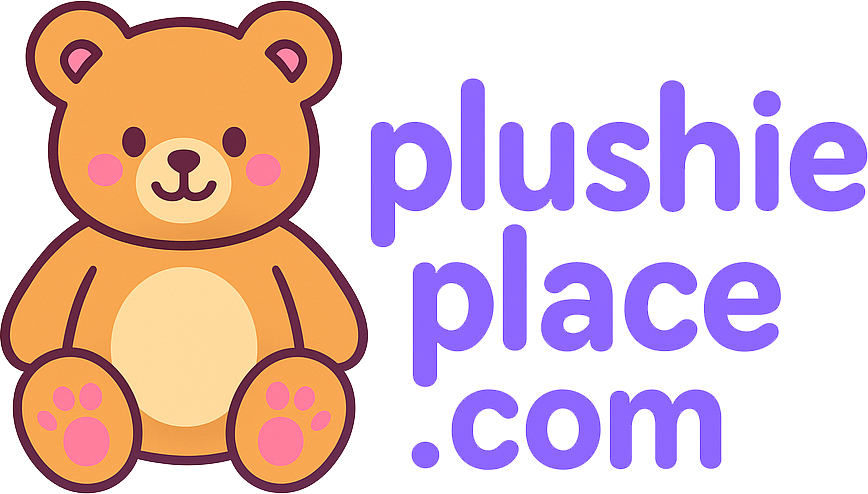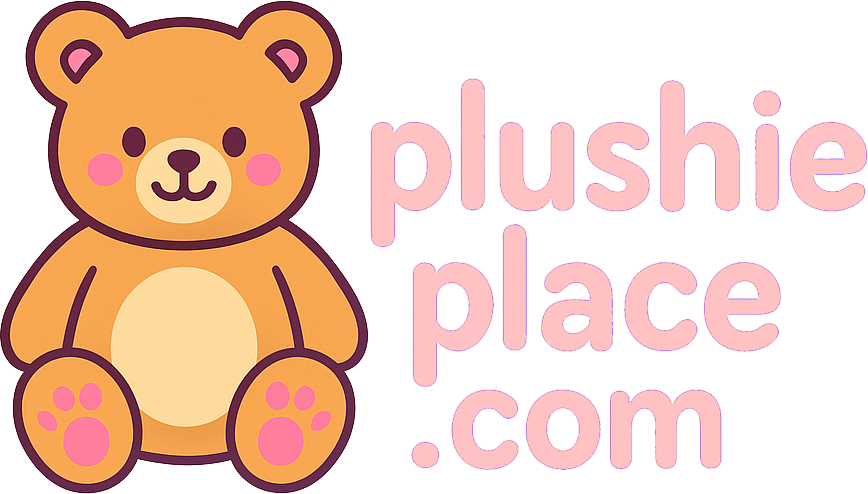A Deep Dive into the Acrylic Adhesives Market: Growth, Innovation, and Future Trends

The global acrylic adhesives market is a dynamic and rapidly expanding sector, playing a pivotal role in a multitude of industries worldwide. This impressive growth is a testament to the versatility and superior performance of acrylic adhesives, which are increasingly replacing traditional fasteners and mechanical joining methods across various applications.
Acrylic adhesives are a class of synthetic adhesives known for their exceptional bonding strength, durability, and resistance to environmental factors such as moisture, temperature fluctuations, and UV exposure. Their fast curing time and compatibility with a wide range of substrates, including plastics, metals, glass, and composites, make them a preferred choice for manufacturers seeking efficient and reliable bonding solutions. This has led to their widespread adoption in key industries, driving the market's significant expansion.
One of the primary drivers of this market is the thriving automotive industry. The relentless pursuit of lighter and more fuel-efficient vehicles has prompted manufacturers to use advanced materials and bonding techniques. Acrylic adhesives are indispensable in this process, used for bonding lightweight materials, assembling interior panels, and securing various components. The global surge in electric vehicle sales is further accelerating this demand, as EVs require high-performance adhesives for critical applications like battery pack assembly and structural bonding. The adhesives' ability to withstand harsh conditions and provide a strong, long-lasting bond is crucial for enhancing vehicle safety, durability, and overall performance.
The construction sector also serves as a powerful engine for market growth. Acrylic adhesives are extensively used in building and construction applications for adhering panels, insulation boards, ceiling tiles, and more. Their use simplifies construction processes, improves structural integrity, and offers a more durable alternative to conventional fastening methods. The global boom in urbanization, coupled with increasing investments in residential and commercial infrastructure, particularly in developing economies, is fueling the demand for these high-performance bonding solutions.
The packaging industry is another major consumer of acrylic adhesives. With the rapid expansion of e-commerce and the growing demand for food and beverage products, there is a heightened need for reliable and efficient packaging solutions. Acrylic adhesives are widely used for bonding paper, plastic, and cardboard, ensuring strong seals and product integrity during transit. The industry's shift towards sustainable and eco-friendly packaging materials is also driving the adoption of water-based acrylic adhesives, which have low volatile organic compound (VOC) emissions, aligning with stricter environmental regulations.
From a geographical standpoint, the Asia-Pacific region dominates the acrylic adhesives market, holding a significant share and experiencing the fastest growth. This is due to rapid industrialization, burgeoning construction activities, and the presence of major manufacturing hubs in countries like China and India. The region's strong growth in end-use industries such as automotive, electronics, and packaging is creating a massive and consistent demand for acrylic adhesives.
Despite the promising outlook, the market faces certain restraints and challenges. Fluctuations in the price of raw materials, such as acrylic and methacrylic acids, can impact production costs and market stability. Stringent environmental and safety regulations regarding VOC emissions also pose a challenge, forcing manufacturers to invest heavily in research and development to create compliant and sustainable adhesive solutions. However, these challenges are also creating opportunities. The increased focus on developing low-VOC and bio-based acrylic adhesives is a key trend, driven by both regulatory pressure and a growing consumer preference for environmentally friendly products.
Looking ahead, the market is poised for continued innovation. Companies are investing in new technologies to enhance adhesive properties, such as improved temperature resistance and flexibility. Advancements in medical device manufacturing, which require reliable and durable bonding for a variety of applications, also present a lucrative opportunity for the market. The competitive landscape is characterized by the presence of major global players like 3M, Henkel, and H.B. Fuller, who are driving innovation and expanding their global footprint through strategic partnerships and acquisitions. In conclusion, the acrylic adhesives market is a robust and essential part of the modern industrial economy, with a bright future fueled by technological advancements, expanding applications, and a global shift towards high-performance and sustainable bonding solutions.
- Art
- Causes
- Crafts
- Dance
- Drinks
- Film
- Fitness
- Food
- Games
- Gardening
- Health
- Home
- Literature
- Music
- Networking
- Other
- Party
- Religion
- Shopping
- Sports
- Theater
- Wellness


